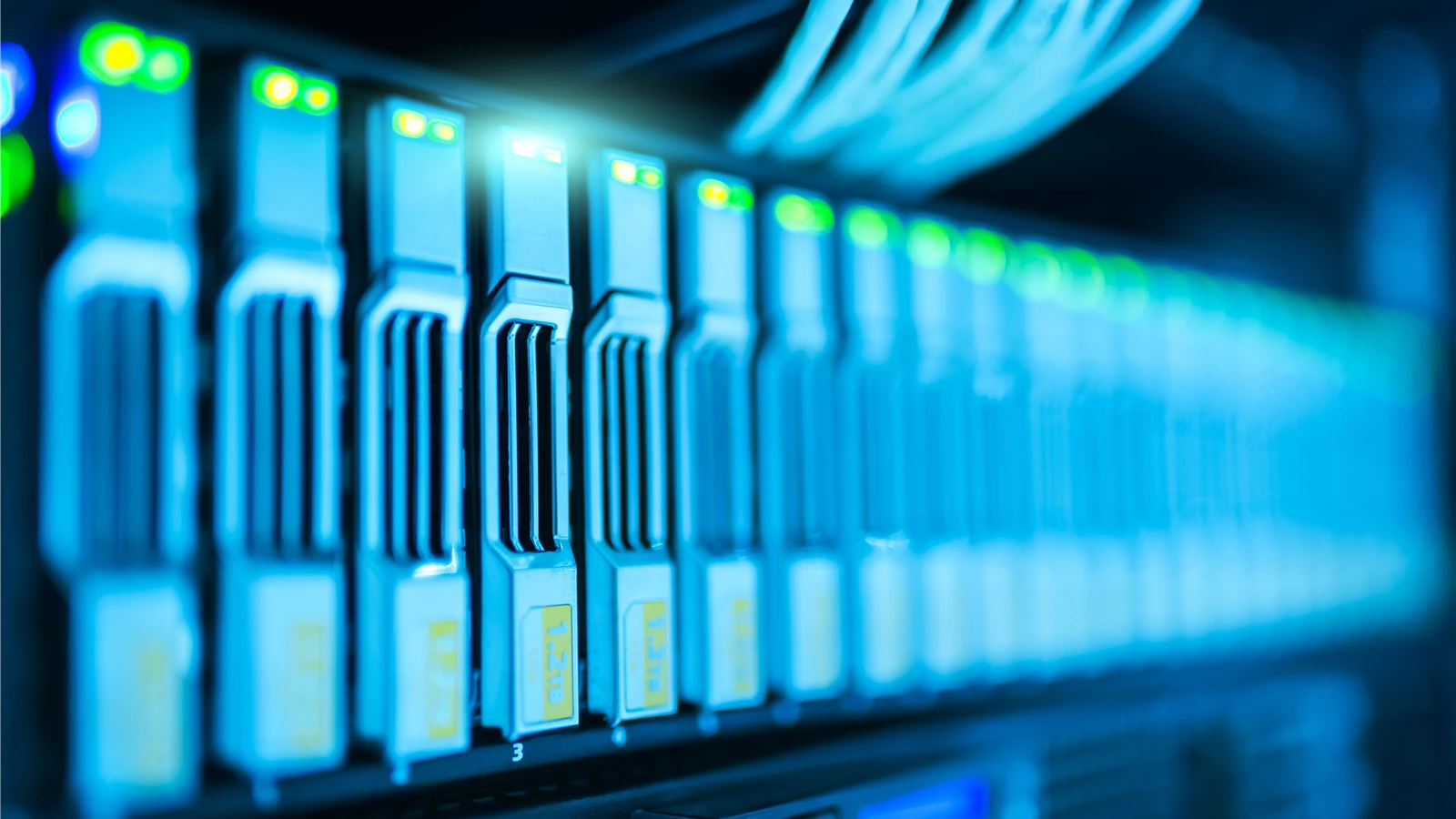1. Identify and Classify Your Data Assets
Data security starts with understanding the nature of your data. Conduct a comprehensive data inventory and classification exercise to identify and categorize your data assets. Here's what you need to do:
- Data Identification: Determine what data you have, where it is stored, how it is used, and who has access to it. Create a detailed data inventory to have a clear picture of your data landscape.
- Data Classification: Categorize your data assets based on their sensitivity and value. Use labels such as "public," "internal," "confidential," or "restricted" to indicate the level of protection required for each data asset.
By classifying your data, you can tailor your security measures to protect data assets based on their importance and sensitivity.
2. Implement Encryption and Authentication
Encryption and authentication are fundamental to data security. They work together to protect your data at rest and in transit. Here's what you need to do:
- Encryption: Encryption is the process of converting data into an unreadable format, which can only be deciphered with the appropriate decryption key. Encrypt your data both when it is stored on a device or server (at rest) and when it is transmitted over a network or the internet (in transit).
- Authentication: Authentication verifies the identity of a user or device requesting access to your data. It ensures that only authorized parties can view or modify your data. Implement robust authentication mechanisms to prevent unauthorized access.
By combining encryption and authentication, you fortify your data security by making it extremely difficult for malicious actors to compromise your data.
3. Use Strong Passwords and Multi-Factor Authentication (MFA)
Passwords are a common means of authentication, but they can be vulnerable to hacking or guessing. To bolster your data security, follow these steps:
- Strong Passwords: Create and use strong passwords that are lengthy, complex, and unique for each account or service. Avoid common or easily guessable passwords, such as your name, birthday, or pet's name.
- Multi-Factor Authentication (MFA): MFA requires users to provide multiple forms of evidence to confirm their identity, such as a code sent to their phone or email, a biometric scan, or a physical token. Enable MFA wherever possible to add an extra layer of security.
Strong passwords and MFA ensure that even if passwords are compromised, unauthorized access is still thwarted.
4. Update Your Software and Hardware Regularly
Regular updates are critical to data security. They help patch vulnerabilities and fix issues that could be exploited by cyber threats. Here's what you should do:
- Software Updates: Regularly update your operating system, applications, antivirus software, and any other software you use. Automatic updates are advisable, but manual updates are acceptable as long as you don't delay them.
- Hardware Updates: Keep your hardware, including routers and firewalls, up to date. Outdated hardware can pose security risks.
Regular updates are your first line of defense against potential security breaches and data compromises.
5. Educate Your Employees and Customers
Human error is a major contributor to data breaches. To minimize the risk, educate both your employees and customers on data security. Here's what you need to do:
- Training: Provide comprehensive training and awareness programs that educate your employees and customers about the importance of data security.
- Policies and Guidelines: Issue clear policies and guidelines on how to handle data securely. Include best practices such as using secure networks, recognizing and avoiding phishing emails, locking devices when not in use, and reporting any suspicious activities or incidents.



